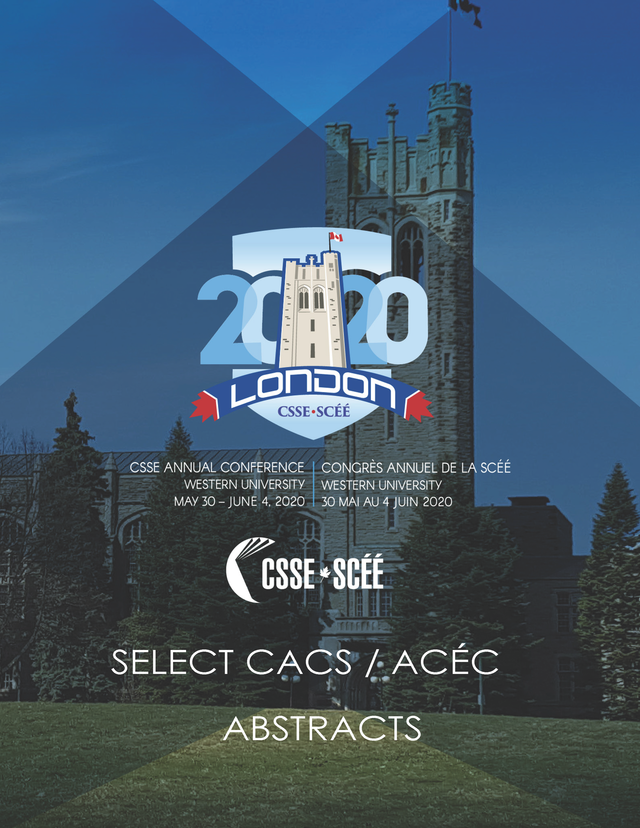Connections Between Children’s Motivations Toward Writing and Writing Competence
DOI:
https://doi.org/10.25071/1916-4467.40583Keywords:
children's writing motivation, children's writing competence, self-conceptAbstract
This paper explores how young children’s motivation to engage in writing processes aligns with their demonstrated writing competencies. Additionally, it examines connections between children’s self-concept as writers and their writing performance. During group research sessions conducted over the course of four years, three cohorts of 336 children in total, from Kindergarten to Grade 2, completed a prompted narrative writing task and a semi-structured language and writing attitude interview. A research assistant scored the narrative writing samples for quality and connection of ideas, using a six-point holistic scale, while another research assistant recorded children’s interview responses. In general, those children reporting a positive attitude towards writing and a positive self-concept as writers displayed greater competence in writing, as evidenced by higher writing quality scores. This further supports the role that affect plays in motivation and achievement. Interestingly, some children displayed a disconnect between their writing attitude, self-concept and their writing competence, with some children reporting positive attitudes, yet demonstrating low writing competence and others reporting negative attitudes, but demonstrating high writing competence. More in-depth interviews were conducted with three children whose responses showed a disconnect, thereby identifying more nuanced factors in the relationship between attitude and writing competence.Downloads
Published
27-06-2020
How to Cite
Finney, K., & Hoskyn, M. (2020). Connections Between Children’s Motivations Toward Writing and Writing Competence. Journal of the Canadian Association for Curriculum Studies, 18(1), 107–108. https://doi.org/10.25071/1916-4467.40583
Issue
Section
Literacy and Language Arts
License

Copyright for work published in JCACS belongs to the authors. All work is licensed under a Creative Commons Attribution-ShareAlike 4.0 International license.


